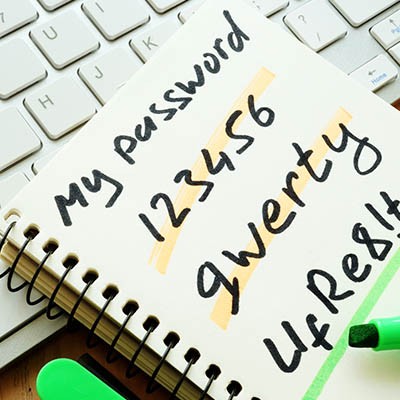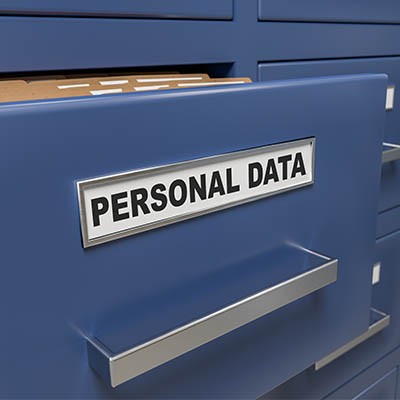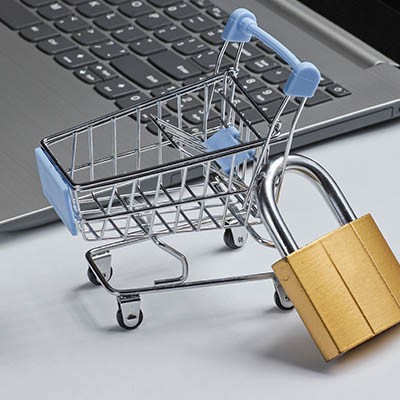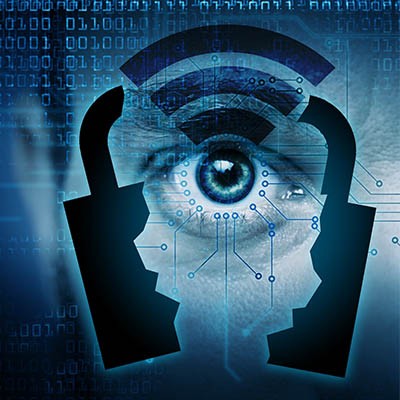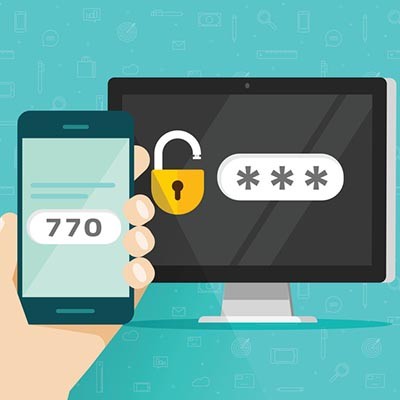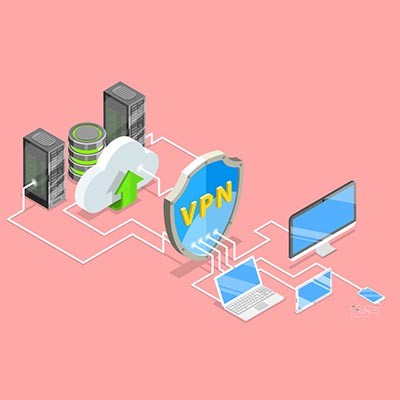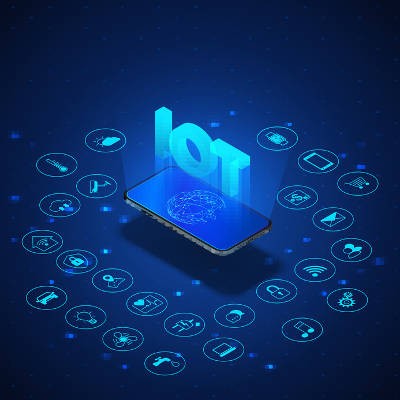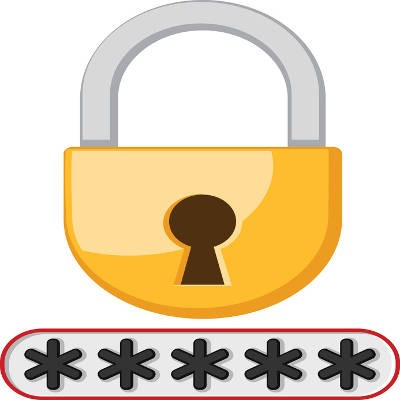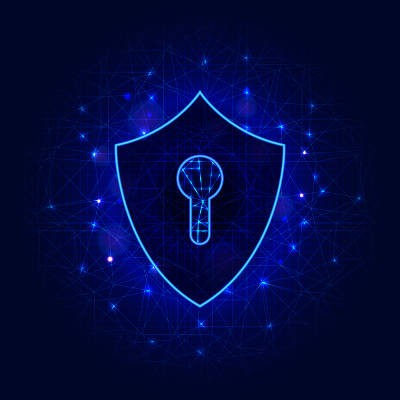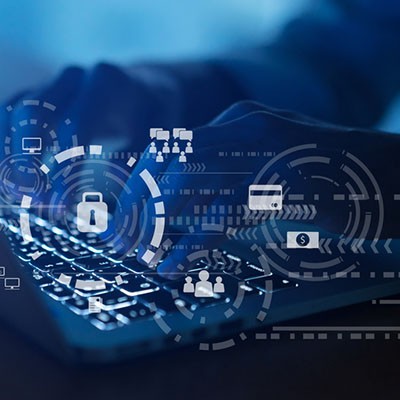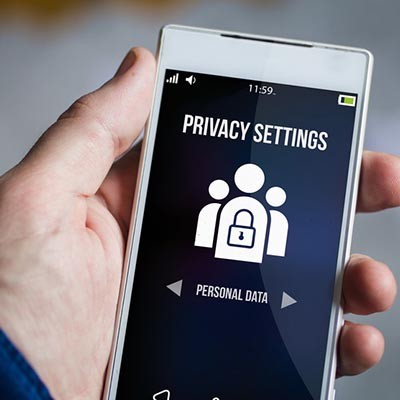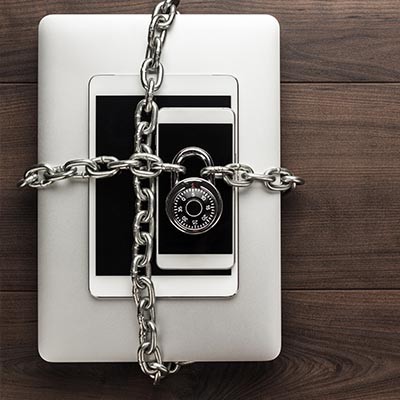Ferrum Technology Services Blog
Common opinion more or less states that passwords aren’t so much “necessary,” as they are a “necessary evil.” The best practices that are recommended to maintain the efficacy of passwords today can certainly feel excessive - which tempts many users into ignoring these practices, to the detriment of their security. Fortunately, many large companies - like Google - are trying to make passwords easier to manage.
Do you have a smartphone? Do you feel as though your data is secure on it? Users are relying on smartphones more and more to accomplish daily tasks. This means there is a massive amount of data traffic each day transferred to and from your device, and potentially transferred into the hands of a cybercriminal.
Data privacy is the kind of issue that people don’t ever want to deal with. In fact, many of the organizations that we come in contact with have a lot of personal data on file, and some of them (even some of the most reputable) are at risk to have that data stolen from them. This month, we’ll go over what constitutes personal information, why it is constantly being targeted for thefts, and what you need to do to keep your personal information as secure as possible.
Growth can be very exciting for a business. It generally means that all the hard work that has gone into getting the business to that point has paid off. For some in your organization however, it can be a very stressful time. This is because once you commit to pay new employees, there’s some pressure to get them up to speed quickly. After all, what are you paying them for?
Let’s face it, cybersecurity now has to be a major point of emphasis for the modern business. With the immense amount of threats out there, cybersecurity it has grown into a multi-billion dollar a year industry, with no limit in sight. Just a few decades ago, there was no fileless malware, no ransomware, no botnet army lying in wait to DDoS corporate data centers into oblivion. Today, we take a look at the brief (albeit rapidly growing) history of cybersecurity.
Cybercrime is at a record high and today’s businesses are the ones that take the brunt of the issues. For the retail business, cybersecurity has a couple of different faces. For Cybersecurity Awareness Month, we thought we’d talk a little bit about the retail space and how businesses are securing their customers’ information.
Capital One is one of the largest credit card issuers in the world. On July 29th 2019, Capital One made an announcement, confirming it is the victim of one of the largest data breaches in financial sector history, as a former software engineer for Amazon has been indicted on charges related to the hacking.
Let’s run through a quick scenario: your company’s computing infrastructure is infected with ransomware. Fortunately, you have an offsite backup, so you are able to restore your systems without too much trouble, other than the time you’ve lost. As you investigate the root cause, you discover that one of your employees allowed the ransomware in by falling for a phishing email. So, do you fire them?
You’d be hard-pressed to find someone nowadays who hasn’t heard of malware, although they may have difficulty identifying different threats as they encounter them. Does this sound like the people that you work with? We’re here with a simple solution to assist you and your team in spotting the different kinds of threats - a malware guide to distribute among your staff so they can better spot the usual suspects.
Imagine a scenario where your password has been stolen by a hacker. Now your accounts are completely at the mercy of them. What do you do? Obviously you want to change the password, but are you going to learn from this mistake or let it happen again in the future? Thankfully, two-factor authentication offers a solution to this dilemma, and it’s one that you might not have considered in the past.
How often does your business have employees traveling to conferences or working remotely due to circumstances or physical location? With technology improving at a rapid pace, these opportunities are more possible now than they ever were in the past, and depending on the solution implemented, they are far more efficient, too. Of course, one thing that will never change is the need to keep company data secure, no matter what type of Internet connection is being utilized.
The Internet of Things has forced businesses to think about the threats that countless mobile devices pose when they access a network, and it’s not something that is going away anytime soon. How can your business be as prepared as possible for the Internet of Things? We’ll give you some ideas for how you can address Internet of Things devices on your company’s network infrastructure.
Social media has overtaken both the professional and personal aspects of online communication and connection, and while it might provide a considerable boon for both, it increases the odds of being contacted by scams and other malicious attempts. The best way to make sure you don’t fall prey to a scam is to remain vigilant. Today we’ll discuss the various scams that are created for use with social media.
Passwords are often all that stands between hackers and account information; this is true for both personal and business data. However, passwords are often not enough to protect data from the clutches of hackers. We’ll walk you through how to ensure your organization implements only the most powerful of passwords, as well as additional security measures to guarantee maximum protection.
Your organization needs to take network security as seriously as possible. While it might seem tempting to just implement security solutions and hide behind them, thinking you’re safe, it’s much more important that you invest time and consideration into your organization’s culture. We’ll walk you through how you can minimize threats to your network, as well as provide a primer for what to expect from comprehensive enterprise network security solutions.
What has proven to be one of the more effective ways of preventing phishing attacks may be under fire from more advanced threats designed specifically to penetrate the defenses of two-factor authentication. This means that users need to be more cognizant of avoiding these attacks, but how can you help them make educated decisions about this? Let’s start by discussing the phishing attacks that can beat 2FA.
Protecting your business’ data is no simple task. To make it as secure as possible, you’ll have to understand how personal data flows through online channels. We’re digging pretty deep with this one, so get ready for an informative and, if nothing else, interesting read. This topic is especially important in an age where Facebook and Google exist, but there are countless other threats to data privacy out there that we all experience on a regular basis--business or not.

